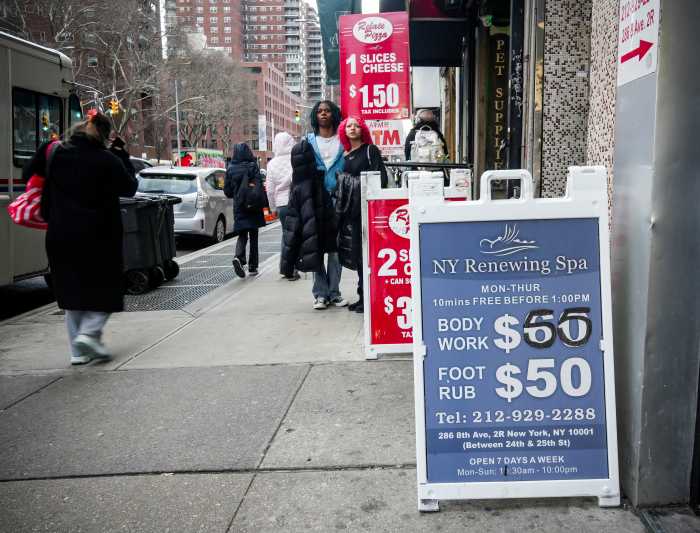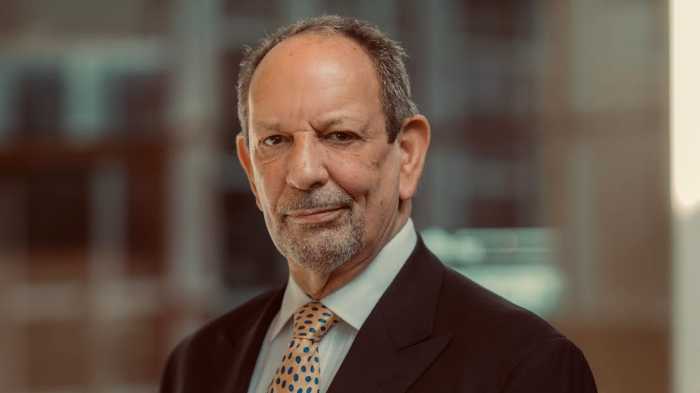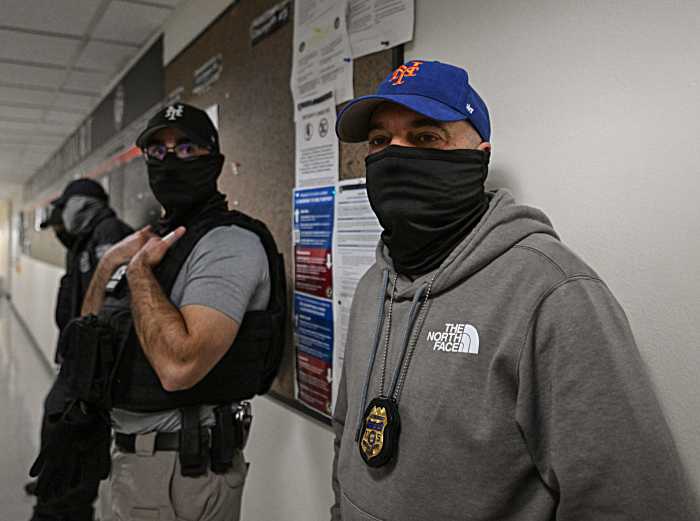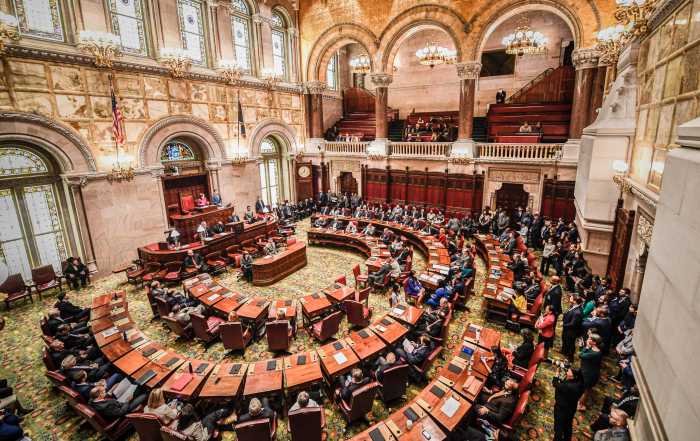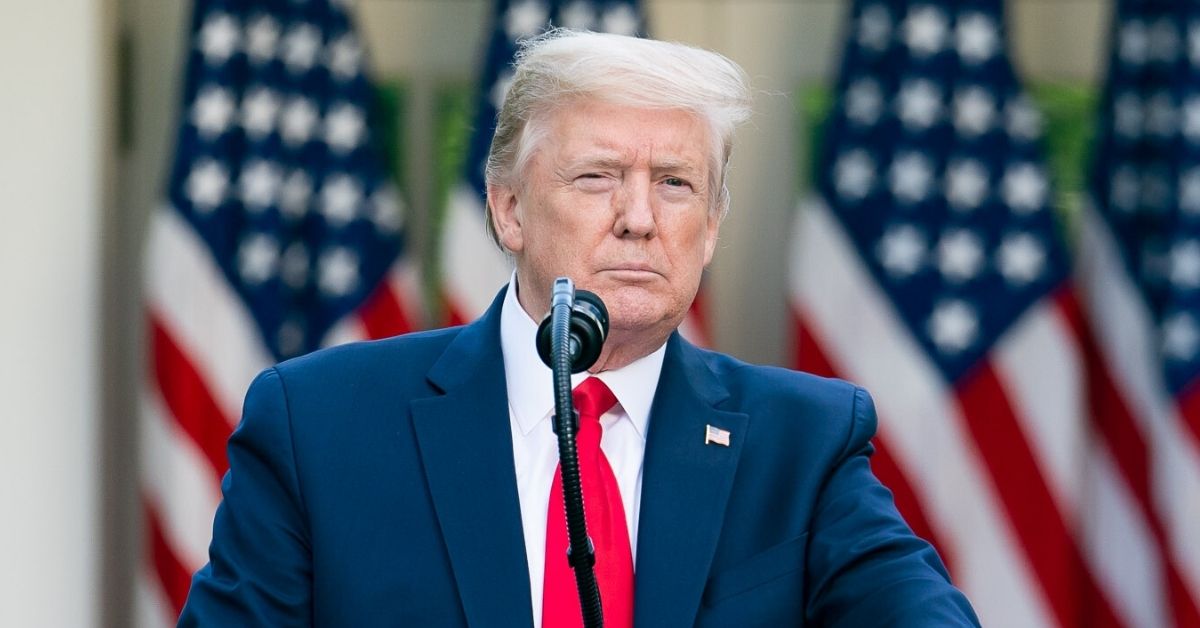
The MTA revamp train has finally left the station — but expect track switches and traffic on the journey to come.
Gov. Andrew M. Cuomo and Mayor Bill de Blasio unveiled an extensive 10-point plan Tuesday that provides a promising blueprint for finally overhauling the MTA. It outlines new sources of funding and ways for the city and state to resolve long-standing differences over roads and rails.
The cease-fire and proposal are excellent starts — but significant details are unclear. The State Legislature must work with Cuomo on governance and accountability. Then the plan to remake the nation’s largest public transit system will be rolled into the state budget, due to be voted on by April 1.
Change of culture is crucial

Particularly welcome in the agreement is the broad recognition that the MTA must be restructured with the goal of instituting a “change in culture” at senior and middle management levels, starting with consolidating legal services, human resources and other operations.
That’s long overdue, but some operational autonomy must be reserved for NYC Transit head Andy Byford to execute new ideas.
De Blasio’s admission that his plan for an income-tax surcharge on high earners is a nonstarter, and his endorsement of the idea of tolling vehicles entering Manhattan’s central business district at peak times, are worthy of applause. NYC’s willingness to let the MTA construct tolling infrastructure on city land is key. The city is also directing tax revenue from internet and recreational marijuana sales to add more money to MTA coffers for big repairs and projects. Together, congestion pricing, plus state and city shares of these taxes, are expected to generate $22 billion for capital needs. It’s probably not enough to fund all of the MTA’s upgrades, but it is a good start.
Clearly, Tuesday’s proposal was written to focus on issues on which the governor and mayor could agree. But before the deal is finalized, representatives from across the state are going to have to get their questions answered. Other changes — such as tying MTA board members’ terms to the elected officials who appoint them, finally auditing the authority’s finances, and improving bidding and construction systems to minimize cost overruns and delays — should help get this bureaucratic monster under control. But adding yet another layer in a regional transit committee that would review fares and capital spending sounds more like a sop to lawmakers than needed oversight. A commission of experts to determine how congestion pricing will work and how exemptions will be handed out makes sense.
Who’s driving the train?
Perhaps the biggest question not addressed by the plan is who’s in charge. Even a reorganized and well-funded MTA needs leadership. Gov. Nelson Rockefeller didn’t want direct accountability for the MTA at its start in the 1960s. It might be time for the state’s governor to have more direct control and responsibility for the MTA’s record. But the legislature must carefully set the terms and the scope.
There’s a lot to do. But if lawmakers in Albany can stay on track, perhaps the subways can, too.




